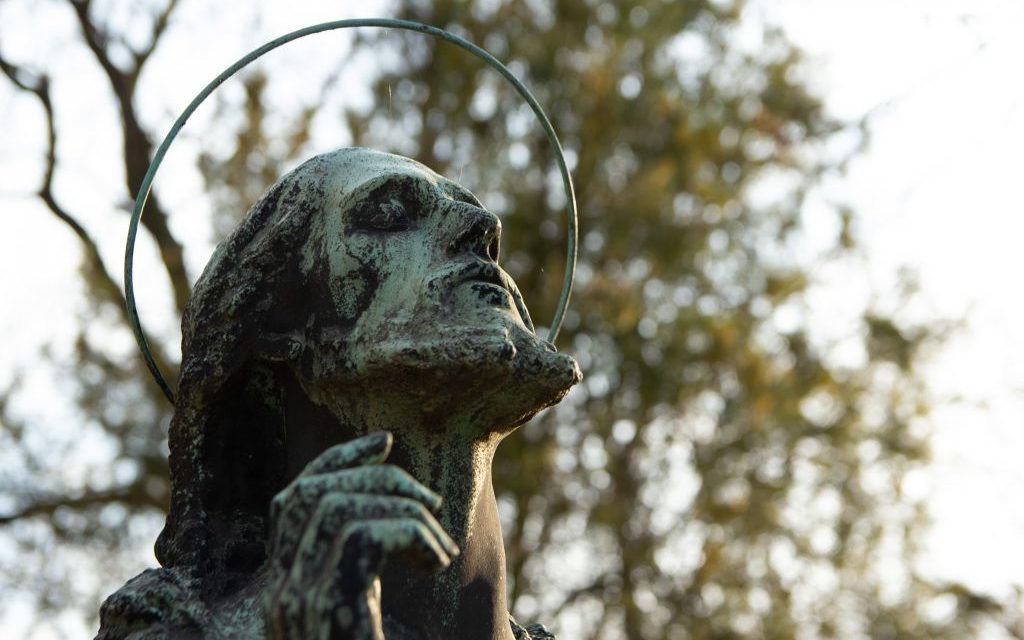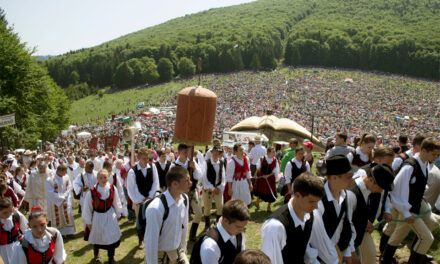For years, researchers have been trying to find out when Jesus Christ might have died, but even the year is uncertain. However, it is certain that the Jewish Passover and the month that begins spring, Nisan, can help us get closer to the answers. The employee of the Museum of Ethnography, Erika Koltay, was asked by the of vasarnap.hu .
What role does the moon play in determining Easter?
The Jewish calendar counted with lunar months. Each of their months began with a new moon. That is, when the sickle of the moon was seen, it meant a new month. Their new spring month was Nisan, which began with the new moon closest to March 21. We know that Jesus was crucified during this period.
Can the Jewish Passover be connected to this date?
Yes, the middle period of the month of Nisan, in Jewish traditions, is Pesach, i.e. the Jewish Passover. It is also the celebration of the escape from Egypt, spring and unleavened bread, i.e. the Passover. During the Passover holiday season, many people make a pilgrimage to Jerusalem, because it is only there that the lamb sacrifice can be presented. That's why Jesus went there on Palm Sunday. This is where the well-known events of Holy Week began.
We know that Jesus was crucified on a full moon.
This is how the full moon came into the calculation of the Christian Easter. In the early Christian church, did they argue a lot about when to celebrate Easter? There were early Christians who said that the 14th day of Nisan should be celebrated when Jesus was crucified. They mainly belonged to the Christians of Asia Minor. They were called quartodecimans.
After all, this debate was put an end to by the Council of Nicaea in 325. Then they adopted the decision that the Christian and the Jewish Easter cannot coincide!
Easter should be celebrated on Sunday, because it is not the crucifixion of Jesus that should be celebrated, but his resurrection. The council therefore decided that Easter would be the first Sunday after the first full moon following the spring equinox. This is how it happened that our Christian Easter falls between March 22 and April 25.
Do we know when Jesus might have died?
The researchers of the topic consider two possible dates for this. According to one, Jesus AD in 33 AD, according to others He died in the 30s. Some try to identify the time of Christ's death by linking it to an earthquake. According to AD Christ's death took place on April 3, 33 and his resurrection on the third day after that. According to another view, Christ died on April 7 in AD 30. Of course, we will never know this for sure, but what is certain is that he was crucified on Friday, under Pontius Pilatus. It is known about the latter that AD He was governor of Judea between 26-36.
Why is Friday certain?
Because we know that Jesus' death happened on the day of Easter preparation. Maundy Thursday is the beginning of the three honored days before Passover, which was presumably the day of the Last Supper, that is, it could have been a Seder evening meal. At that time, Jesus was with his disciples. The next day, Friday, before sunset, he is crucified, on Holy Saturday he lies in the grave and rises on the third day.
The days, however, were not counted like we do.
That is, a day did not last from midnight to midnight, but began from sunset. This is how it turns out that he rises at dawn from Saturday to Sunday, then the tomb is already empty.
Photo: Krisztián Szénnyes













